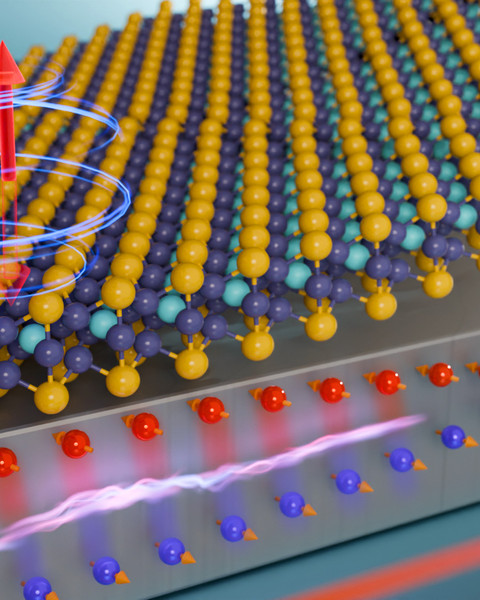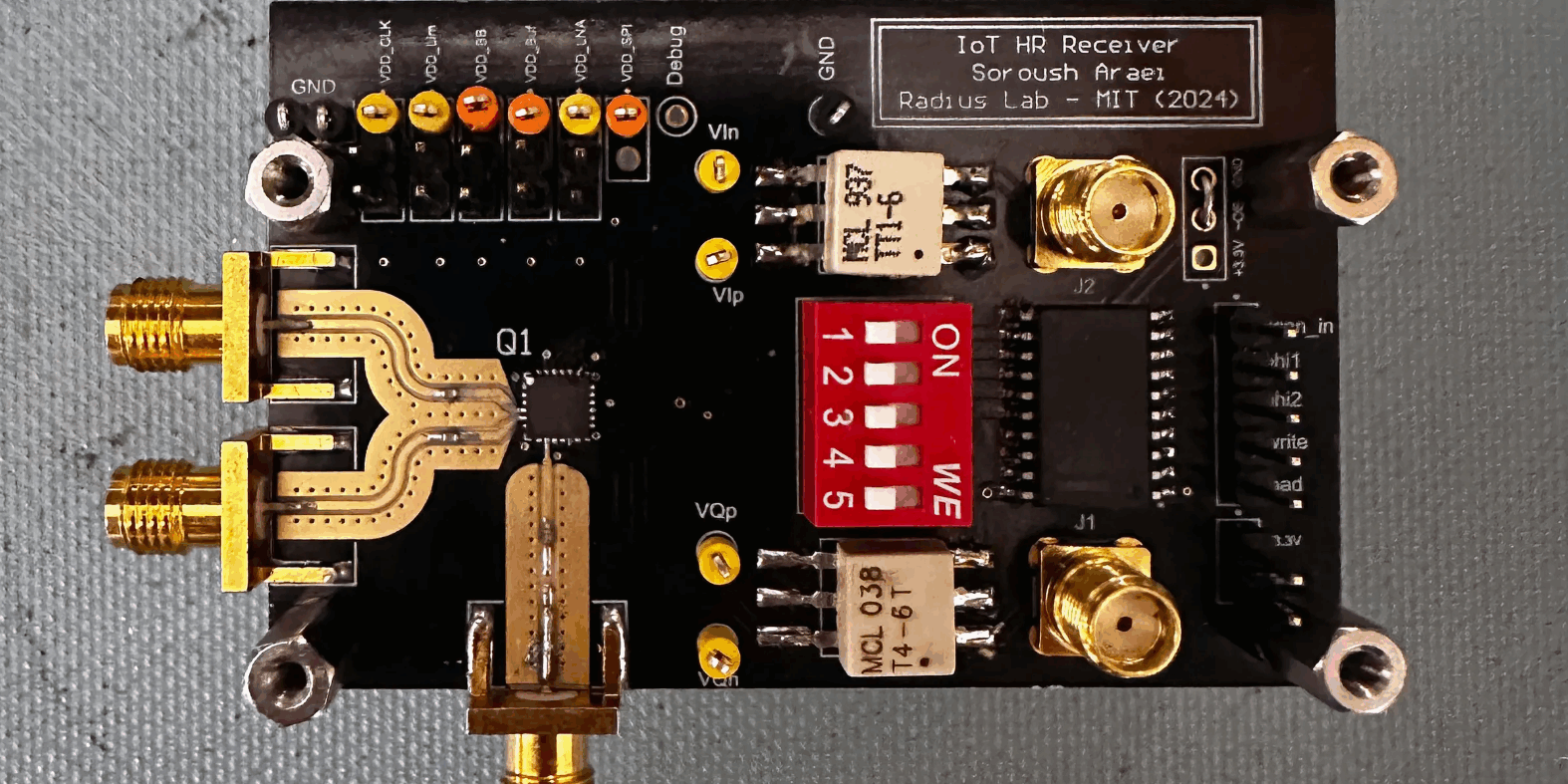February 22, 2024
Experimental computer memories and processors built from magnetic materials use far less energy than traditional silicon-based devices. Two-dimensional magnetic materials, composed of layers that are only a few atoms thick, have incredible properties that could allow magnetic-based devices to achieve unprecedented speed, efficiency, and scalability.
While many hurdles must be overcome until these so-called van der Waals magnetic materials can be integrated into functioning computers, MIT researchers took an important step in this direction by demonstrating precise control of a van der Waals magnet at room temperature.
This is key, since magnets composed of atomically thin van der Waals materials can typically only be controlled at extremely cold temperatures, making them difficult to deploy outside a laboratory.
Complete article from MIT News.
Explore
MIDDAS: Memory Integration and Data Dis-Aggregation
Wednesday, November 19, 2025 | 12:00 - 1:00pm ET
Hybrid
Zoom & MIT Campus
New Transmitter could Make Wireless Devices more Energy-Efficient
Adam Zewe | MIT News
The flexible chip could boost the performance of current electronics and meet the more stringent efficiency requirements of future 6G technologies.
The Internet of Things Gets a 5G Update
Margo Anderson | IEEE Spectrum
MIT’s clever chip design provides efficient frequency hopping




